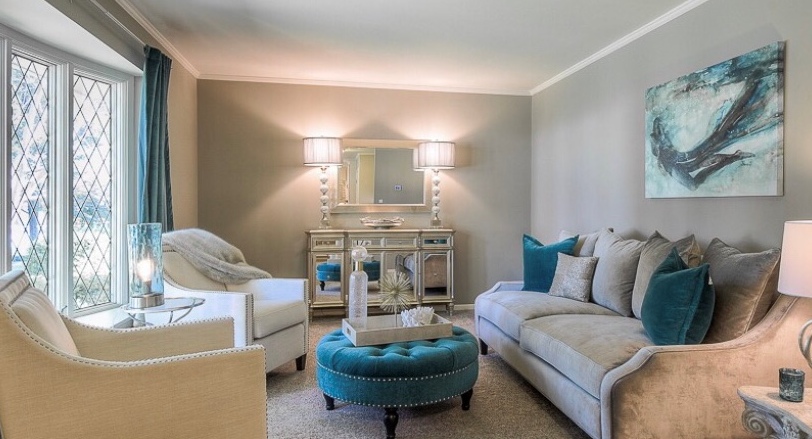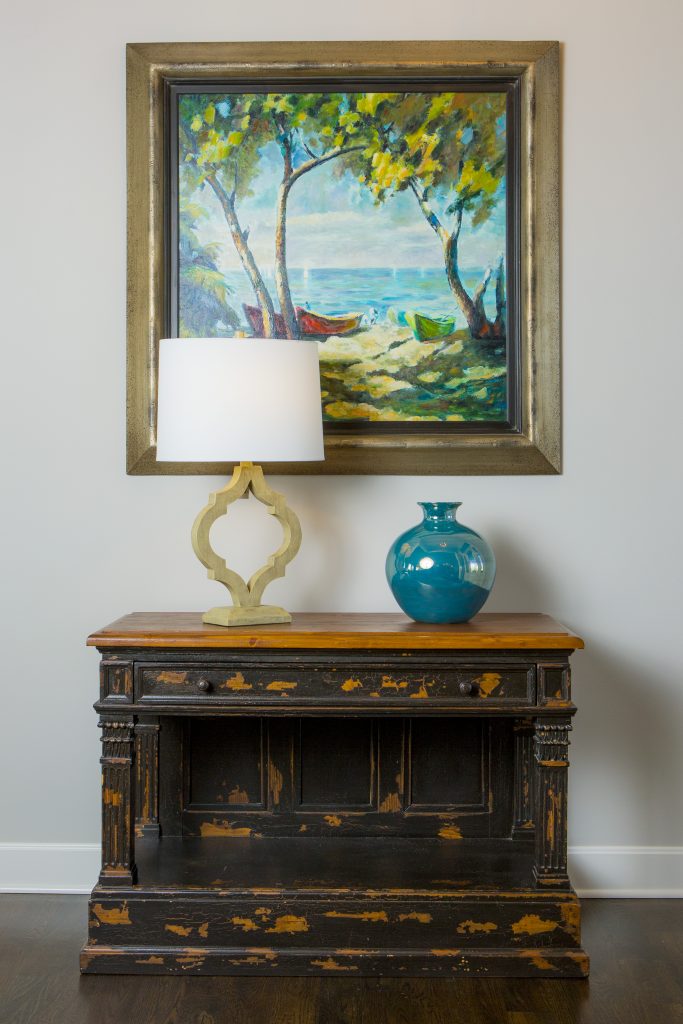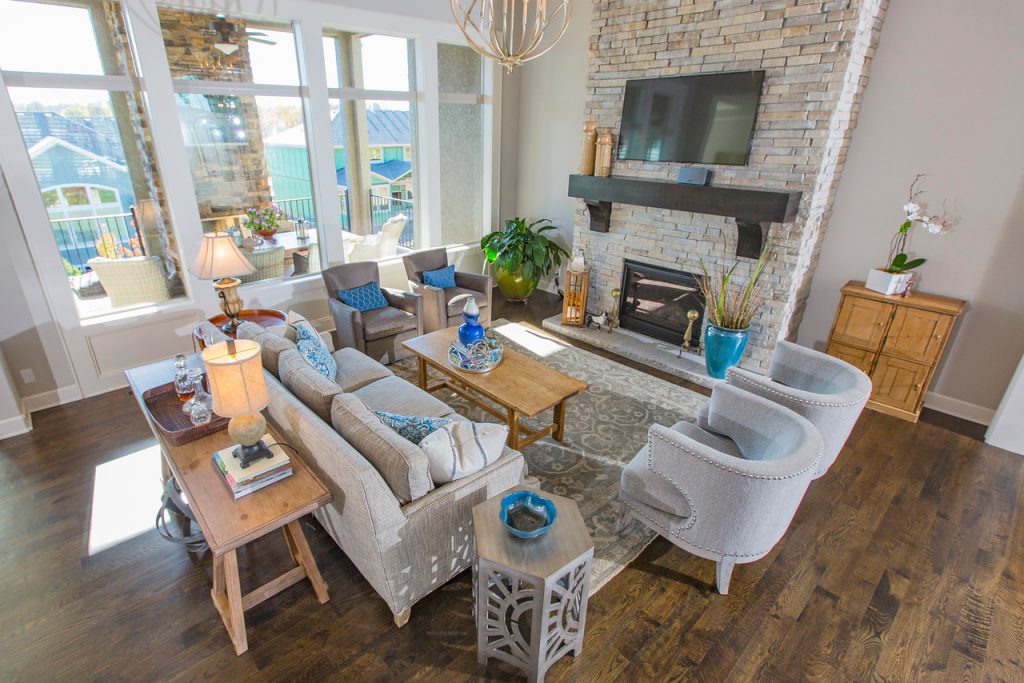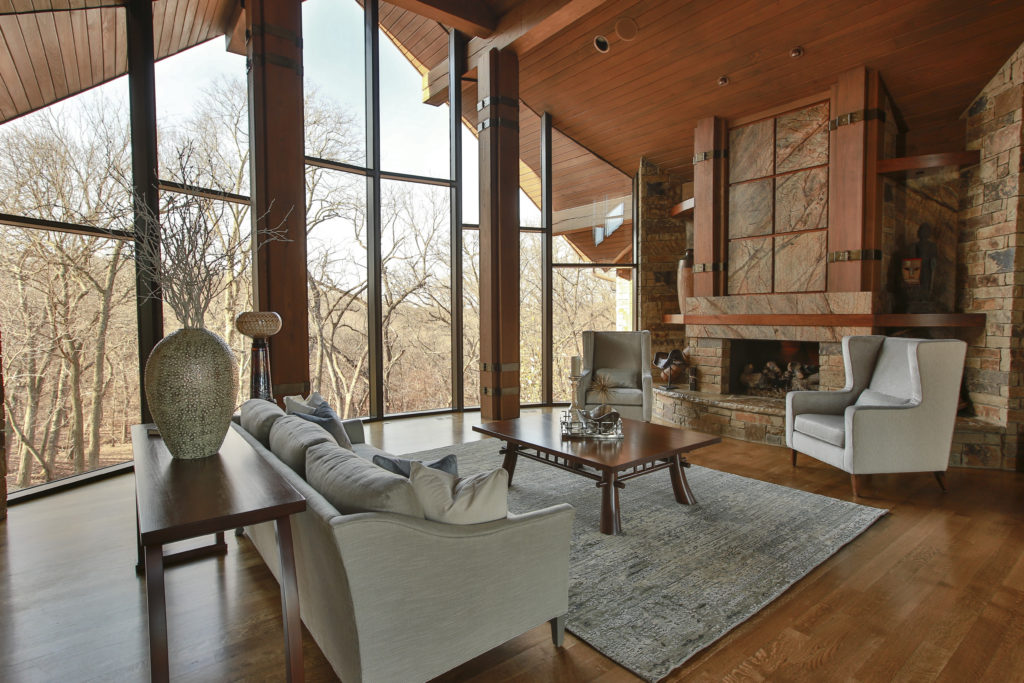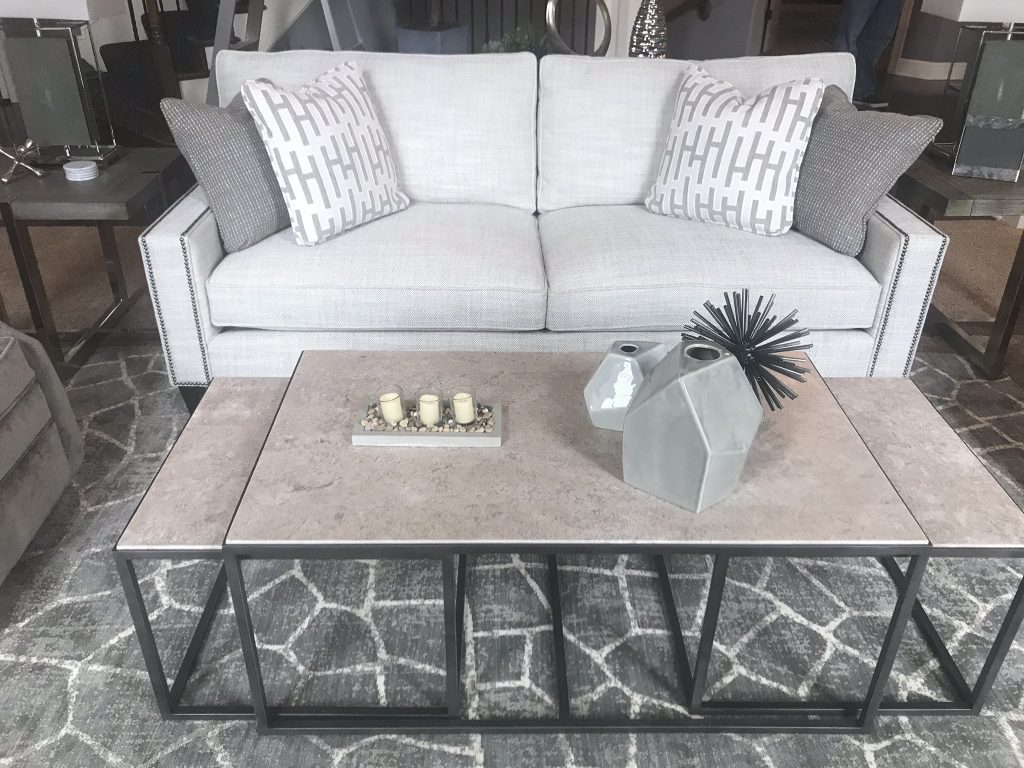 Interior Design/Interior Decorating
Interior Design/Interior Decorating
Interior Decorating: 3 Tips for a Budget Living Room…
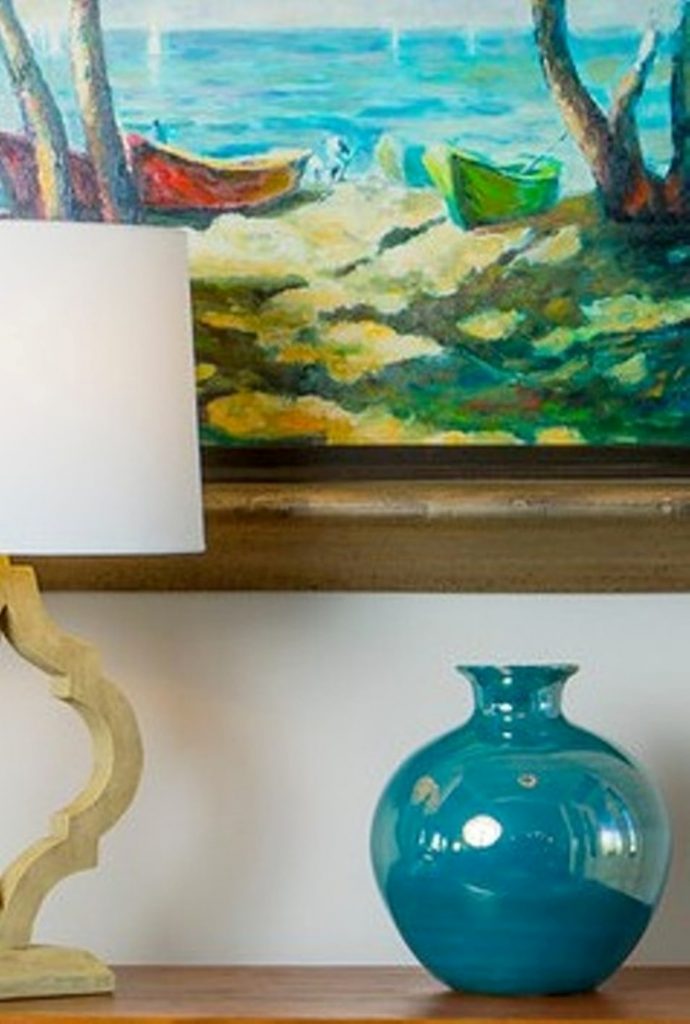
Do you ever feel like your room is blah or unfinished but don’t want to spend a fortune to finish it? Read on for my 3 tips as an interior designer to add a little life to your interior design.
- Add Color Color can be painted on walls and ceilings or introduced with art, furniture or decor like this existing blue painting the client already had. A blue vase enhances the painting while providing an additional punch of color to our interior design client’s entry. Color may also be introduced with fabrics, draperies, rugs, or decor. 5 Easy Steps to Space Planning Your Living Room
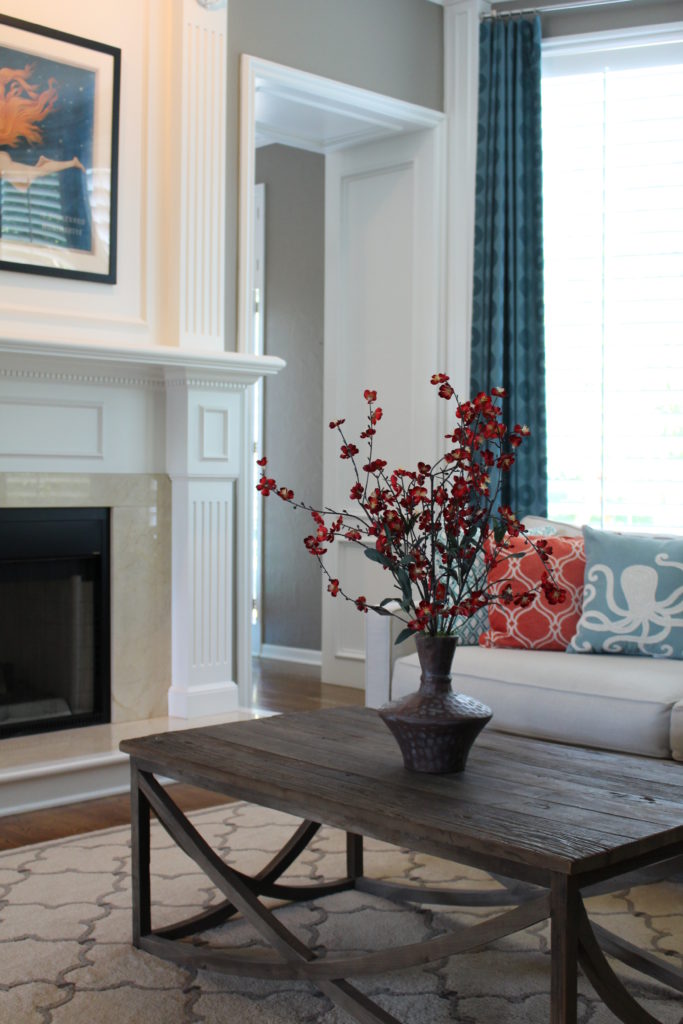
2. Inject pattern – Introduce pattern with draperies or pillows like this photo of a living room. The artwork, drapes, pillows, and flowers also add a pop of color to this dramatic space. Tips for Giving Living Room a One Day Makeover
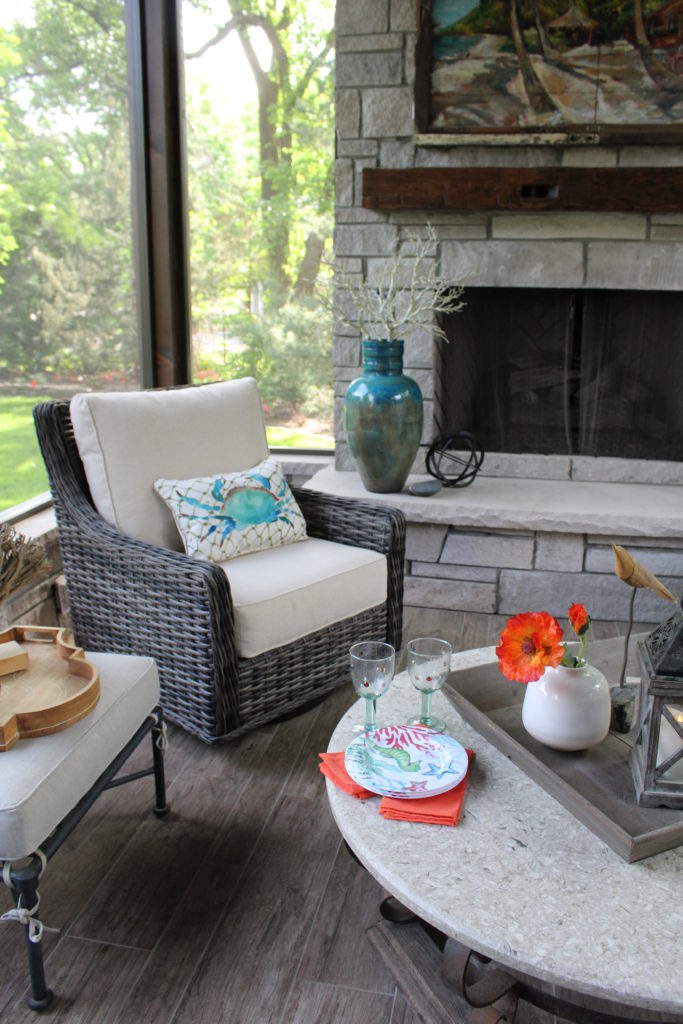
3. Layer in Texture – In this living room, albeit an outdoor one, texture was layered in with flowers, branches, wood trays, and cloth napkin decor. Additional texture in this space includes wicker chairs, a wrought iron table base, a wrought iron bench base, and a stone fireplace.
For more design how to ideas and photos, sign up for our weekly interior design blog here
plus become a fan of Kansas City’s interior designer and former host of the Living Large design show, Karen Mills, on Facebook and Instagram now!
